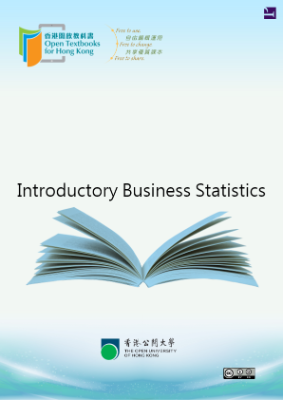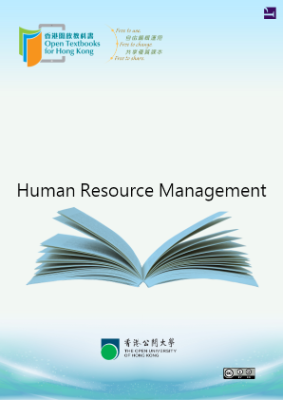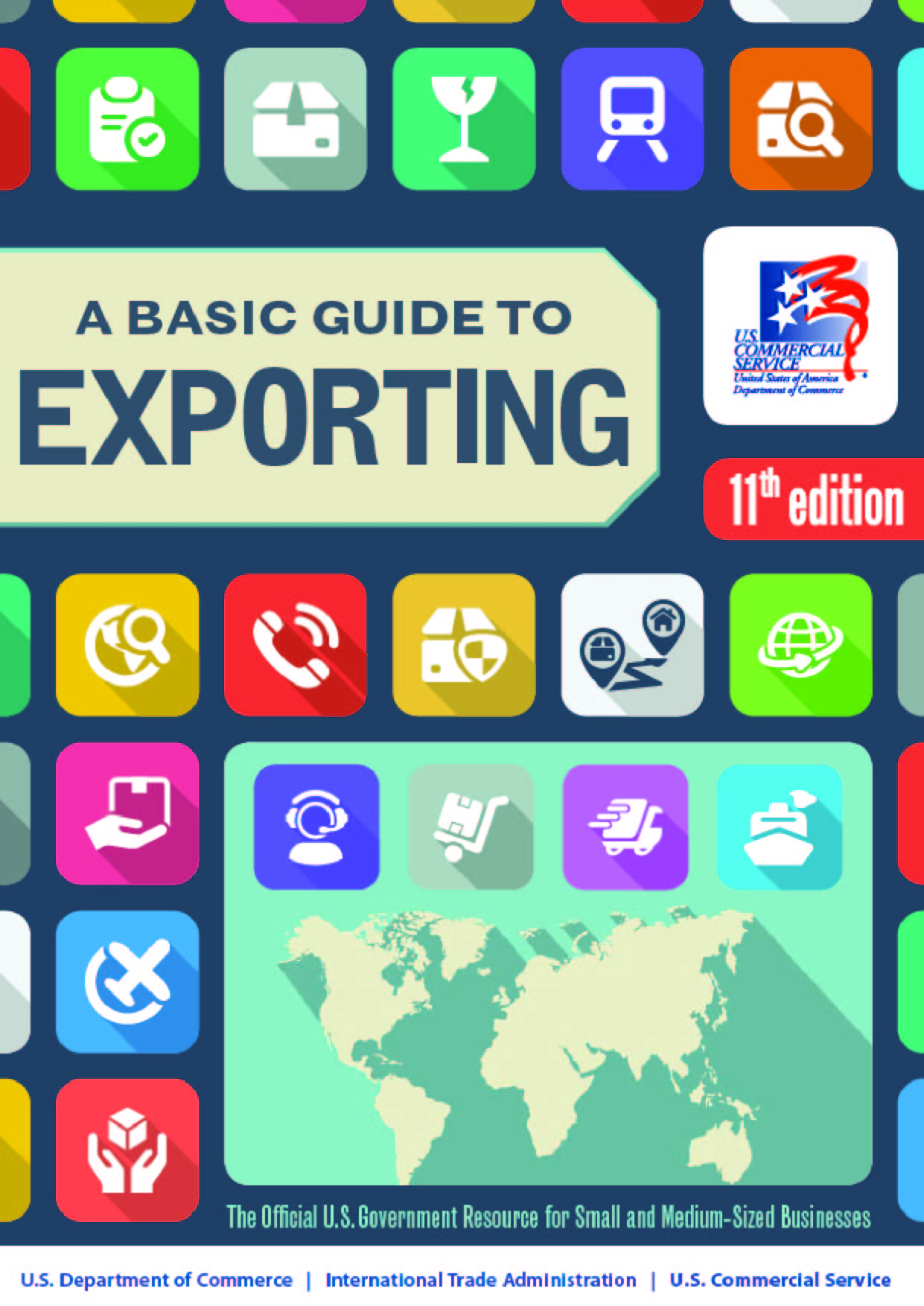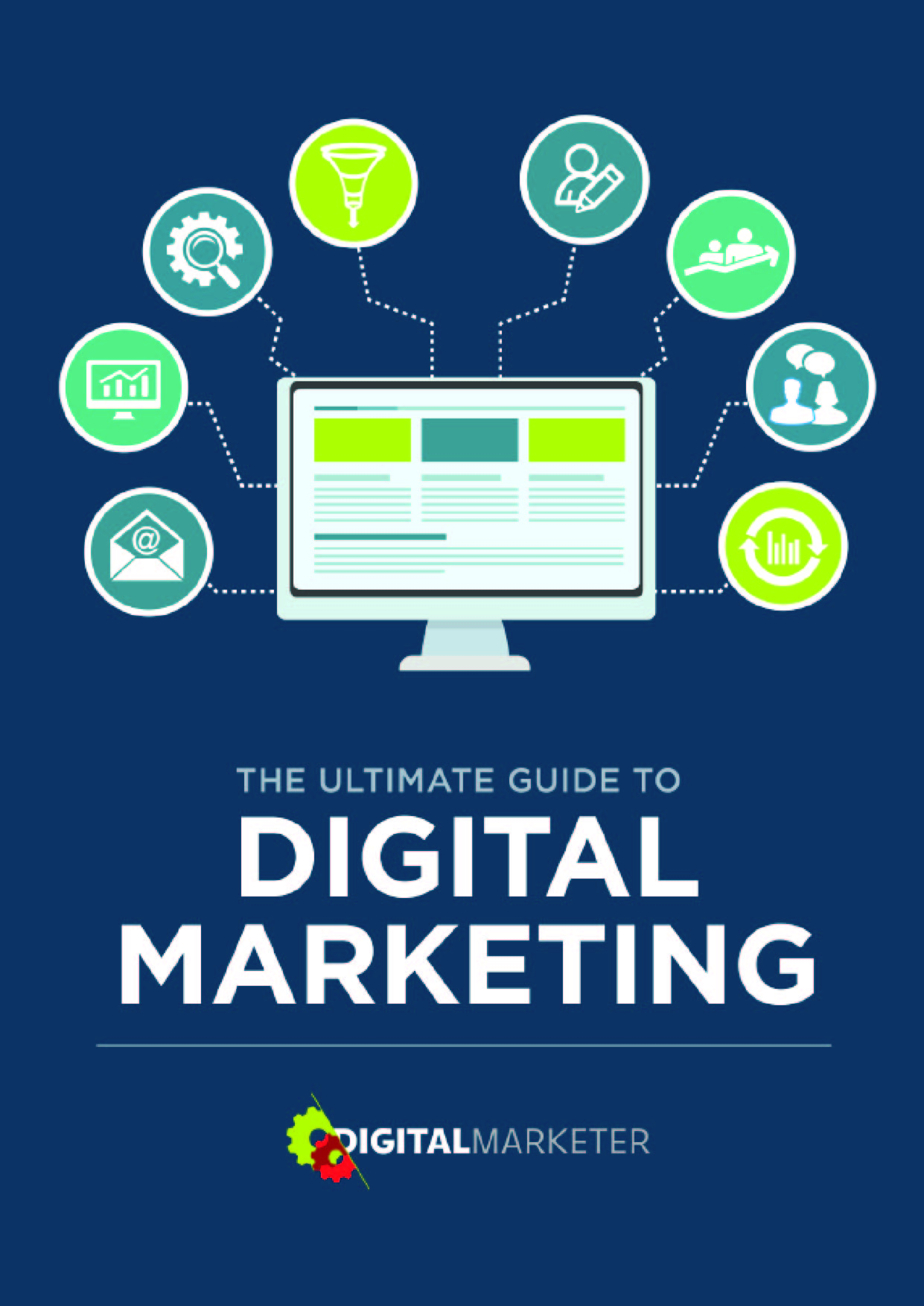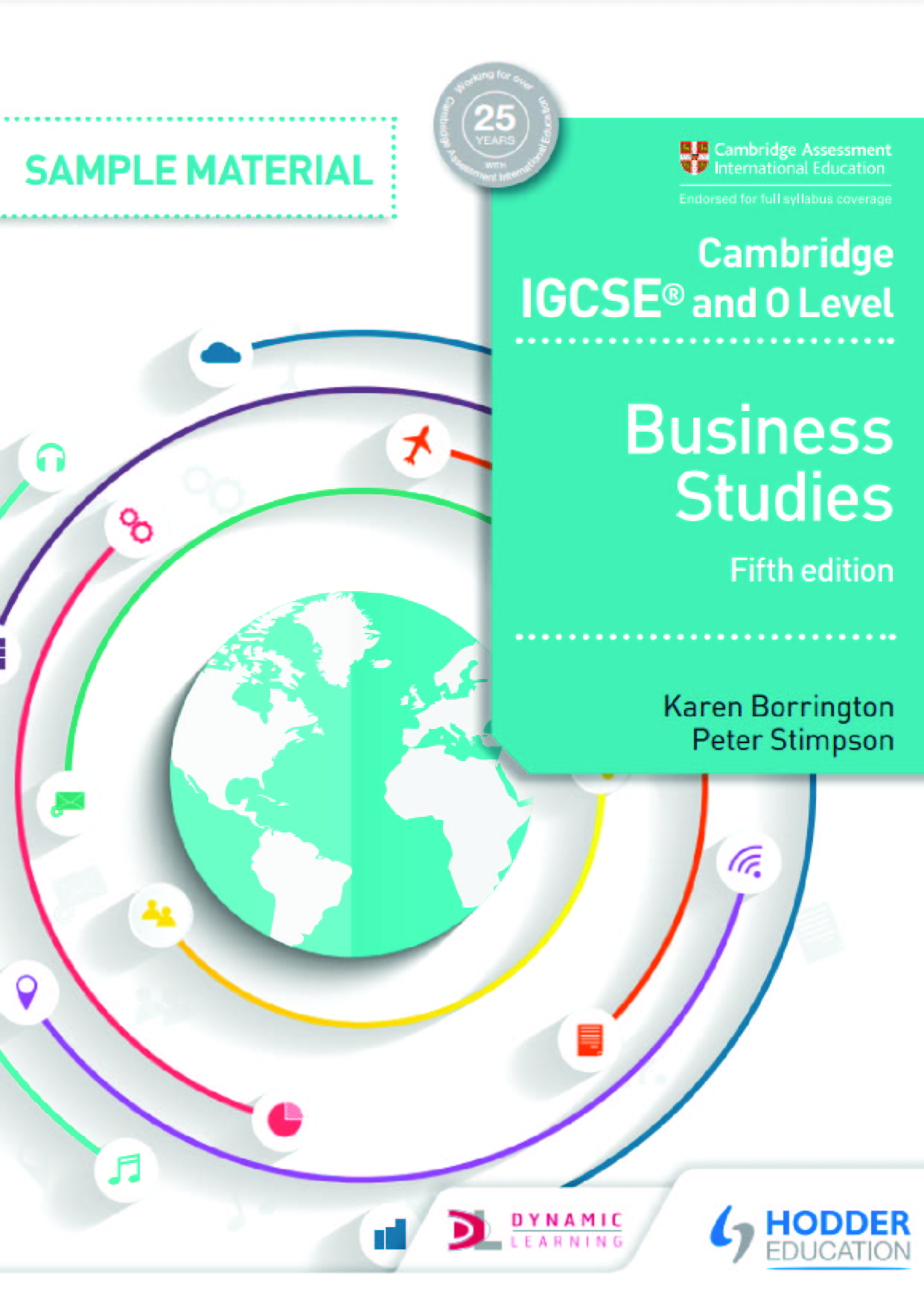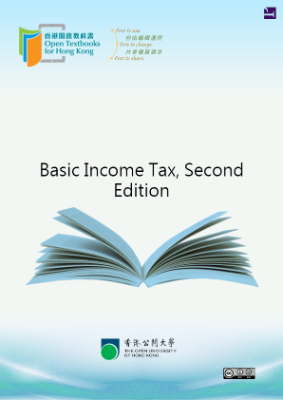What is statistics?
There are two common definitions of statistics. The first is “turning data into information”, the second is “making inferences about populations from samples”. These two definitions are quite different, but between them they capture most of what you will learn in most introductory statistics courses. The first, “turning data into information,” is a good definition of descriptive statistics—the topic of the first part of this, and most, introductory texts. The second, “making inferences about populations from samples”, is a good definition of inferential statistics —the topic of the latter part of this, and most, introductory texts.
To reach an understanding of the second definition an understanding of the first definition is needed; that is why we will study descriptive statistics before inferential statistics. To reach an understanding of how to turn data into information, an understanding of some terms and concepts is needed. This first chapter provides an explanation of the terms and concepts you will need before you can do anything statistical.
Before starting in on statistics, I want to introduce you to the two young managers who will be using statistics to solve problems throughout this book. Ann Howard and Kevin Schmidt just graduated from college last year, and were hired as “Assistants to the General Manager” at Foothill Mills, a small manufacturer of socks, stockings, and pantyhose. Since Foothill is a small firm, Ann and Kevin get a wide variety of assignments. Their boss, John McGrath, knows a lot about knitting hosiery, but is from the old school of management, and doesn’t know much about using statistics to solve business problems. We will see Ann or Kevin, or both, in every chapter. By the end of the book, they may solve enough problems, and use enough statistics, to earn promotions.
Data and information; samples and populations
Though we tend to use data and information interchangeably in normal conversation, we need to think of them as different things when we are thinking about statistics. Data is the raw numbers before we do anything with them. Information is the product of arranging and summarizing those numbers. A listing of the score everyone earned on the first statistics test I gave last semester is data. If you summarize that data by computing the mean (the average score), or by producing a table that shows how many students earned A’s, how many B’s, etc. you have turned the data into information.
Imagine that one of Foothill Mill’s high profile, but small sales, products is “Easy Bounce”, a cushioned sock that helps keep basketball players from bruising their feet 2 as they come down from jumping. John McGrath gave Ann and Kevin the task of finding new markets for Easy Bounce socks. Ann and Kevin have decided that a good extension of this market is college volleyball players. Before they start, they want to learn about what size socks college volleyball players wear. First they need to gather some data, maybe by calling some equipment managers from nearby colleges to ask how many of what size volleyball socks were used last season. Then they will want to turn that data into information by arranging and summarizing their data, possibly even comparing the sizes of volleyball socks used at nearby colleges to the sizes of socks sold to basketball players.
